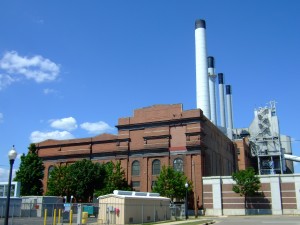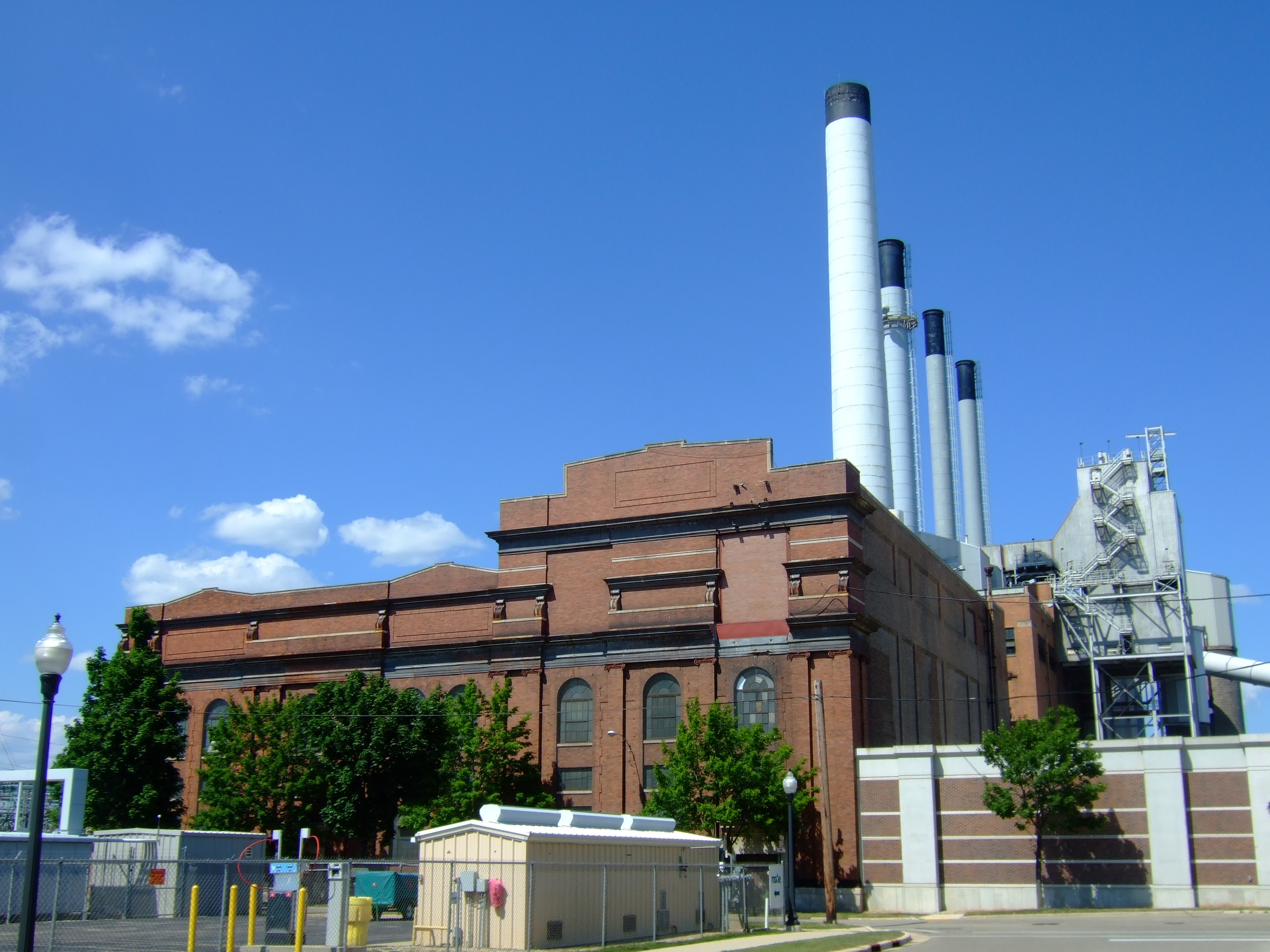by Henry Knight and Will Serratelli
Santa is stuffing Brown’s stocking with coal this Christmas—unless the University agrees to the demands of a new activist group on campus, the Divest Coal Campaign. The Brown University Investment Office, in cooperation with the Corporation and President Christina Paxson, decides how to invest Brown’s two-and-a-half-billion dollar endowment. Maximizing the return on the endowment is in the best interests of both the students and the administration. But unfortunately, the University does not disclose its investments, leaving students unaware of Brown’s financial practices.

The Divest Coal Campaign demands the University make two basic changes. The first is to practice transparency regarding University investments. The second is to divest from the “Filthy Fifteen,” the 15 highest-polluting coal companies in the United States.
The Divest Coal Campaign cannot prove the University is investing in coal companies at all, but it is likely since corporations that mine and distribute coal, natural gas and other fossil fuels are among the most profitable public investments. However, even if Brown’s endowment is entirely devoid of coal investments, the University should still disclose its investments in the name of transparency.
The environmental, economic and health reasons for this initiative are indisputable. Coal accelerates climate change at a disproportionate rate compared to other fossil fuels. In the United States alone, coal corporations pump 387 million metric tons of carbon dioxide into our atmosphere every year. By comparison, a solar panel emits nearly 20 times less carbon dioxide per kilowatt-hour of energy. The environmental impact of coal goes beyond air pollution: Appalachia, an impoverished coal production region in the eastern United States, has lost more than one million acres of land to coal-mining processes. Additionally, property values in the region have depreciated drastically due to the ravaging effects of coal on air quality.
Clean coal, which is touted as a solution to the industry’s social and environmental ills, is not the answer. In fact, it isn’t very clean, and it’s both more expensive and less accessible than existing “dirty” coal technology. Clean coal technology aims to mitigate coal’s carbon footprint by partially reabsorbing the carbon dioxide emitted by burning coal. Scientists in the industry have stated that clean coal cannot be deployed until 2030 at the earliest. But in order to evade the most detrimental impacts of climate change, we must reduce annual global greenhouse gas emissions by 2015.
The window for using cheap fossil fuels is closing—as green energy innovation in wind, solar and nuclear fuel continues to thrive and pave the way forward. Renewable and sustainable energy also creates more jobs than do fossil fuels. The green energy industry employs nearly 3.2 million workers, dwarfing the fossil fuel industry’s meager 780,000. That’s a four-to-one ratio, and given our stagnating labor sector, it’s a number that cannot be ignored.
Coal thus pollutes our environment and diverts subsidies and funding from clean energy, and its impact on healthcare costs is equally infuriating. Health care experts have implicated air particulates derived from coal burning in lung cancer, lung disease and respiratory illnesses. In fact, the American Lung Association released a recent report to the Environmental Protection Agency that attributes 13,000 deaths to coal burning every year. A Harvard Medical School study estimates that coal mining and burning inflates U.S. healthcare spending by between 300 and 500 billion dollars. That’s money that should be spent on alternative energy research. Coal is killing us slowly—both literally and financially, individually and collectively.
We cannot accept the willful pollution of our environment and inflation of our healthcare costs. But we cannot mitigate the harmful impacts of Big Coal if we continue to fund their business ventures. Brown Divest Coal’s demands are both reasonable and attainable, and when the student body raises legitimate concerns about the actions of its university, the administration is, at the very least, obligated to listen.
Brown Political Review does not approve or disapprove of the opinions expressed in the above article.
